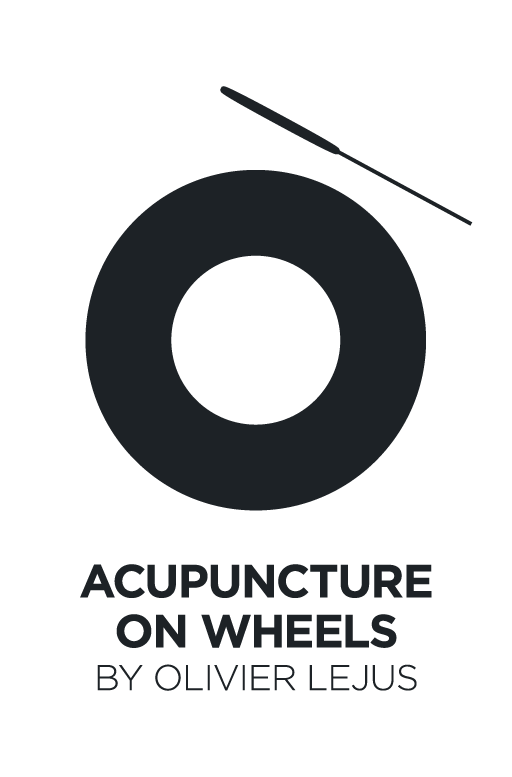Toyohari Acupuncture is a unique form of Japanese acupuncture. Developed in the 1950s, Toyohari uses much thinner needles that do not penetrate the skin, making it ideal for sensitive individuals
Practitioners in Japan are renowned for their skill and delicate touch. This technique requires years of training, using silver, gold, or stainless steel needles to stimulate Qi without piercing the skin. Toyohari is perfect for those with sensitive conditions or a fear of needles, offering a gentle alternative to traditional acupuncture.
The Origins and History of Toyohari Acupuncture
Toyohari, a distinguished form of Japanese acupuncture, was developed by blind practitioners. Their heightened sense of touch allowed them to detect subtle changes on the skin's surface, identifying Qi imbalances.
The Role of Touch in Toyohari
Blind practitioners in Toyohari use their enhanced tactile sensitivity to feel pathological changes on the limbs, wrists, and abdomen. This sensitivity is crucial for diagnosing Qi disharmonies.
Training and Mastery in Toyohari
Toyohari requires extensive training to master. Practitioners develop their fingertip sensitivity to locate acupuncture points accurately, as even a small deviation can significantly impact treatment effectiveness.
How Toyohari Acupuncture Works
The Consultation Process
In Toyohari, consultations start with collecting health information. The patient lies down fully clothed, without shoes and socks. The practitioner palpates the feet, ankles, hands, wrists, and abdomen to diagnose Qi imbalances. Each area is carefully examined to identify differences in skin quality and energy flow.
Diagnosis and Treatment
Diagnosis and treatment in Toyohari involve the practitioner feeling the skin and pulse to identify Qi imbalances. This includes comparing the pulse quality of different sections, each representing a specific channel and organ. The diagnosis guides the treatment approach, using various needle techniques to balance and harmonize the body's energy.
Needle Techniques
Toyohari uses needles made of silver, gold, or stainless steel. Silver needles stimulate deficient energy, while stainless steel needles balance excess energy. Gold needles harmonise the overall energy flow. The practitioner feels the Qi reaching the needle and gently stimulates it without skin penetration, ensuring a gentle and effective treatment.
Benefits of Toyohari Acupuncture
Toyohari acupuncture treats various conditions, including pain, fertility issues, neurological problems, and digestive disorders. Its gentle nature makes it especially suitable for the elderly, children, and those with sensitive conditions or a fear of needles.
Stress Reduction and Mental Well-being
Toyohari helps reduce stress and improve mental health. Clinical evidence and anecdotes support its efficacy in promoting relaxation and emotional balance.
Enhancing Overall Health and Energy Balance
Toyohari promotes holistic health by balancing the body's energy, leading to overall well-being and vitality.
Who Can Benefit from Toyohari Acupuncture?
Toyohari benefits many groups, including those with chronic conditions, children, the elderly, and individuals seeking non-invasive treatments.
What to Expect During a Toyohari Acupuncture Session
During a Toyohari session, patients remain fully clothed while the practitioner palpates different body areas to diagnose Qi imbalances. The treatment involves using various needles to stimulate energy points without penetrating the skin, ensuring a gentle and comfortable experience.
Olivier lejus’s Toyohari training and qualifications
Toyohari Japanese medical acupuncture is an advanced technique offered only at the postgraduate level in Australia and Japan. Olivier Lejus completed his Bachelor’s and Master’s degrees in Chinese medicine before undertaking his Toyohari training. Graduates must keep their techniques current through regular branch meetings and international conferences with Japanese Toyohari masters. Since graduating in 2008, Olivier has participated in ongoing professional training in Australia and Japan.
FAQs about Toyohari Acupuncture
-
Toyohari Acupuncture is a gentle, non-invasive form of Japanese acupuncture developed in the 1950s by blind practitioners. It uses fine needles to stimulate energy points without skin penetration.
-
Unlike traditional acupuncture, Toyohari uses much thinner needles and does not puncture the skin. It relies on the practitioner's sense of touch to stimulate Qi energy.
-
Yes, Toyohari is particularly suitable for children, the elderly, and individuals with sensitive conditions or a fear of needles due to its gentle and non-invasive nature.
-
A typical session lasts about 45 minutes to an hour, depending on the individual's condition and the practitioner's assessment.
-
Toyohari is very gentle and typically has no significant side effects. Some people might experience slight redness or a tingling sensation at the needle site.
-
The number of sessions required varies based on the individual’s condition and response to treatment. Your practitioner will provide a personalised treatment plan.
-
Coverage for Toyohari Acupuncture varies by insurance provider. It's best to check with your insurer to see if it is included in your policy.
-

